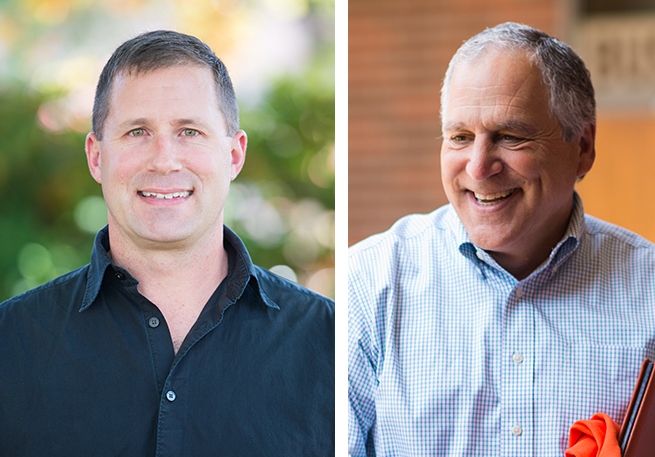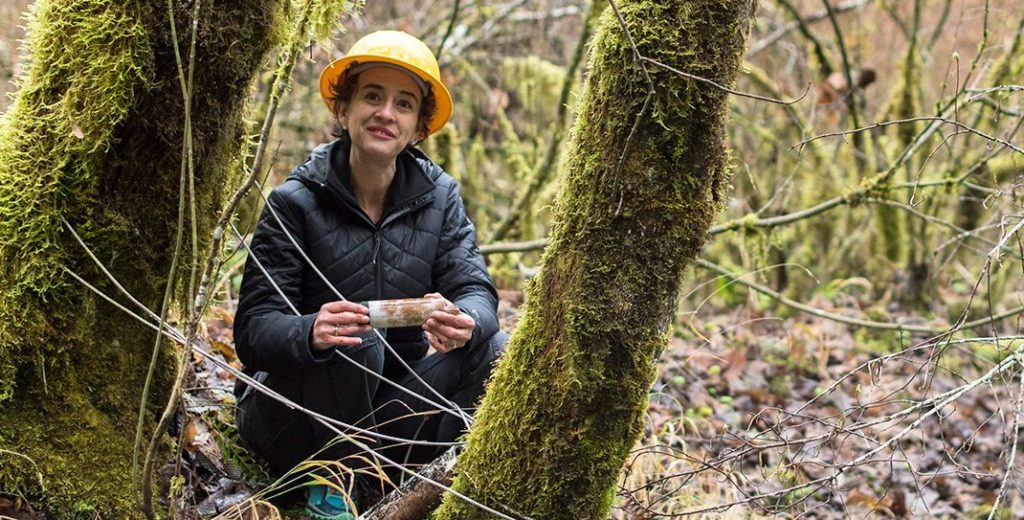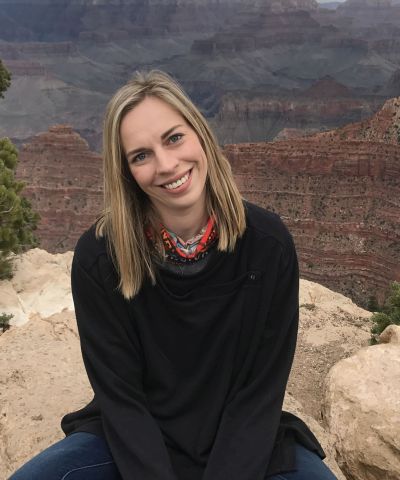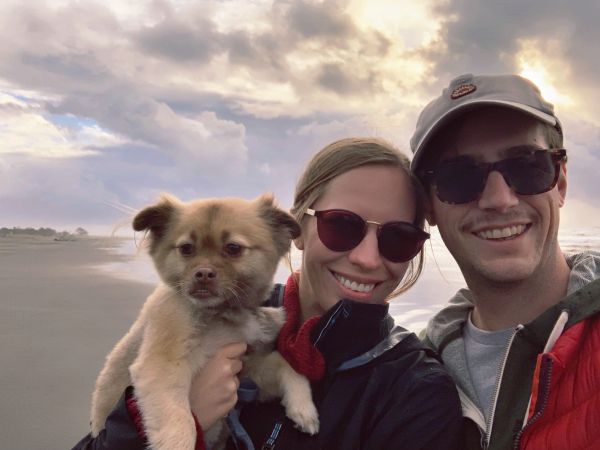
When the State of Oregon needed to increase revenue for outdoor recreation facilities and maintenance, they turned to Oregon State University for answers to their questions and scientific data to help inform their decisions.
A study completed by Randy Rosenberger, professor and College of Forestry associate dean for student success, connected outdoor activities on trails to health savings by utilizing and recalibrating a tool called the Outdoor Recreation Health Impacts Estimator. The tool was initially developed to focus on transportation decisions (walking, cycling or using public transportation instead of driving) to estimate changes in life expectancy and quality of life.
The tool converts positive health effects into a monetary unit and even includes the cost of treating certain diseases and the loss of productivity illnesses cause.
The study became part of the 2019-2023 Statewide Comprehensive Outdoor Recreation Plan (SCORP).
“In my research, I quantify things that aren’t normally quantified,” Rosenberger says. “Things like recreation aren’t traded in markets with prices. They don’t have voices. This study gives them a voice and people are starting to realize that recreation is at the nexus of everything. It’s not just something we like to do if we have the time. It’s creating healthier communities and saving those same communities money on health services.”
Rosenberger replicated the study for the McDonald and Dunn Forests, two of the College Research Forests. The college owns more than 15,000 acres of working forests around the state utilized for research, outreach and education, with some open to the public for recreation. He found that recreation on the Research Forests saved $754,395 in cost of illness savings in 2017 alone. Private and public agencies can now use this data for planning, budgeting, assessment and grant applications.
The OSU Research Forests also serve as living laboratories and outdoor classrooms for OSU students, researchers, and generations of Oregonians, reimagining how people learn and relate to their natural resources and forest ecosystems. Over 145,000 annual visitors hike, bike, run and explore the trails of these working forests. All operations on the forests – including recreation and trails – are self-funded through timber harvests.
For OSU students, the Research Forests are an invaluable opportunity to experience hands-on education, where they can put the research and techniques they’re reading about in their textbooks into action. Whether it’s measuring precipitation, stream flow, or practicing timber harvesting skills, OSU students can learn the work by doing.
“I think this is the best time to be studying within the College because we are at such a turning point when it comes to how we are going to work with our forests,” says Allison Starkenburg, a recent graduate of the college’s natural resources program. “There’s an intersection between recreation and the constant new opportunities to learn and conduct research.”
OSU offers tours and demonstrations within the Research Forests and, in 2020, also launched the Forest Discovery Trail. This trail is dedicated to the memory of Dr. William Ferrell, the OSU College of Forestry’s first forest ecologist hired in 1955 who went on to study forest carbon capture and storage. His groundbreaking research paved the way for forest management as a climate change mitigation tool and continues to impact old-growth conservation. Dr. Ferrell’s family and friend made contributions to the Forest Discovery Program fund to support The Forest Discovery Trail and encourage students in grades K-5 to explore a wide range of forest concepts, including ecology, wildlife and the Indigenous history of the land.
The popular research forests had to temporarily close in March 2020 in response to the COVID-19 pandemic. However, staff quickly adapted and reopened in May 2020 with precautions and guidelines in place.
Though Rosenberger was able to quantify the monetary value of outdoor recreation’s impact on health savings, the impact of having these forests accessible to local communities in 2020 during a global pandemic felt immeasurable. The OSU research forests proudly served as a refuge for the community to enjoy their favorite outdoor activities, connect with nature and connect with each other.
By the Numbers
Recreation Visits
In 2017, the McDonald-Dunn College Research Forests saw 17,271 individual recreation visitors who accounted for more than 155,000 total visits.
Recreation Activity
Walking/Hiking 51.5%
Dog Walking 19.0%
Running/Jogging 16.0%
Mountain Biking 12.0%
Horseback riding/misc 1.5%
Health Benefits
Recreation visits to the McDonald and Dunn Forests resulted in $754,395 in cost of illness savings, or health benefits, associated with eight chronic illnesses; and accounted for 14 percent of the total health benefits estimated for all of Benton County ($5.4 million).
This story was part of the College of Forestry’s 2019-2020 Biennial Report.











